Monferrato, an idyllic oasis of vineyards
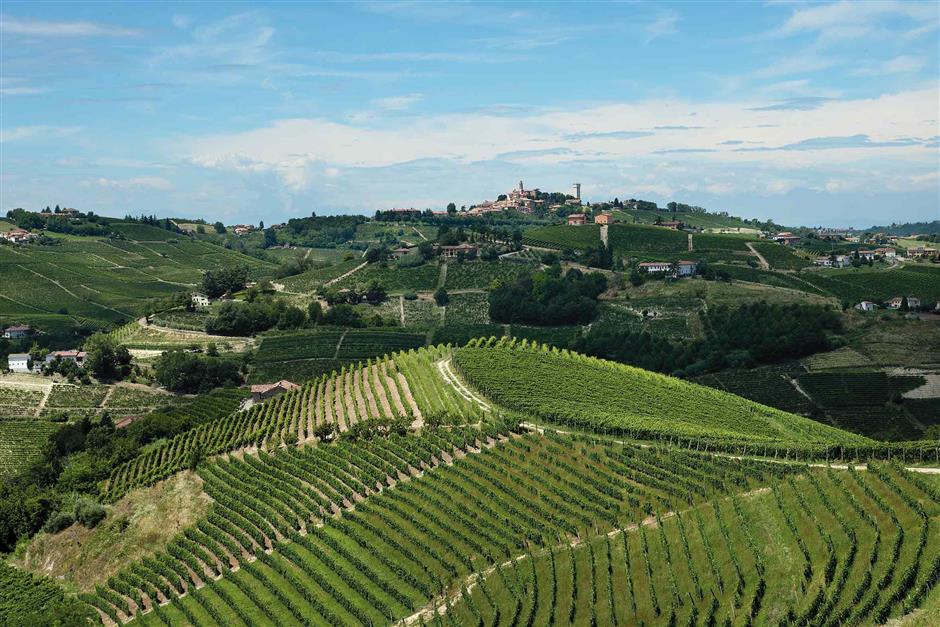
White grapes’ vineyards from “Archivio consorzio Moscato DOCG.”
The beauty of Monferrato, Italy, lies partly in its ancient towns and medieval characteristics, but mostly in its gentle slopes and hilly stretches planted with rows of vines.
The magnificent scenery of the Monferrato and Langhe-Roero became a UNESCO World Heritage Site in 2014. UNESCO describes the region as “an exceptional living testimony to the historical tradition of grape growing and winemaking processes, of a social context, and a rural economy based on the culture of wine.”
“The vineyards of Langhe-Roero and Monferrato are an outstanding example of men’s interaction with his natural environment,” according to the official reason of inclusion.
The hilly area of Monferrato is made up of small communities filled with warm-hearted people who welcome anyone who comes to share their way of life.
I recently explored this relatively quiet oasis of Italy, where an Idyllic hilly vineyard always seemed to be around the corner, wines were waiting to be discovered and the mouth-watering Piedmontese cuisine ready to be tasted.
Everywhere I went, from the vineyards to the tasting sessions, from winemakers’ family meals to Michelin-starred restaurants, I found myself in the presence of genuine winemakers, who dedicated themselves entirely to the art. Everyone, despite different opinions and methods in terms of wine-making, was full of energy and had a great desire to push the boundaries of winemaking.
Monferrato, crossed by rivers Tanaro and Belbo, running eastwards toward Italy’s longest river the Po, which flows from the Piedmont into the Adriatic Sea, is an area of hidden pockets, and shielded by successive waves of protective hills that conceal its identity. For years, it remained off the beaten track but it is its uncontaminated nature that gives it an authentic charm.
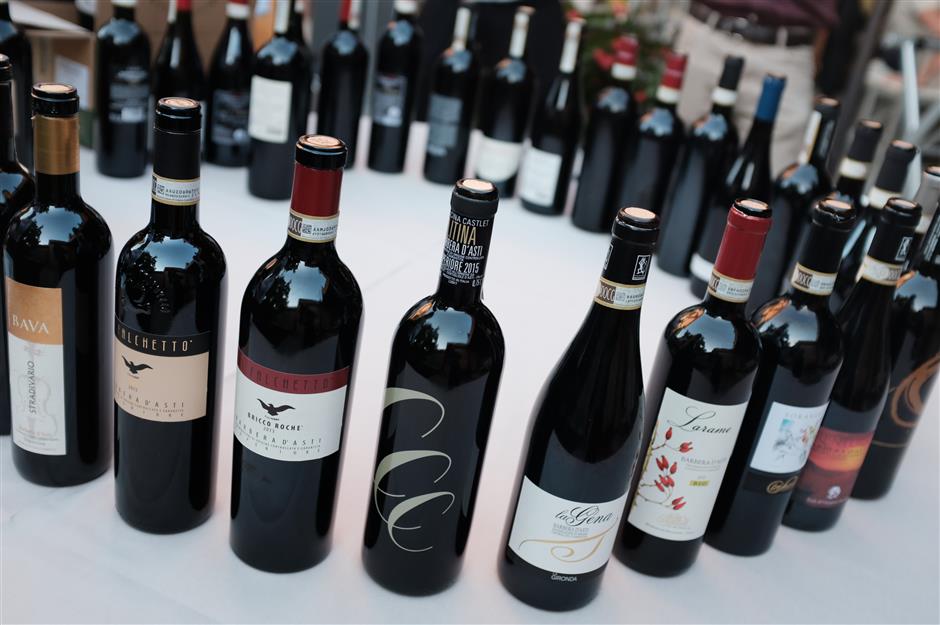
Barbera D’Asti DOCG undoubtedly represents a constantly evolving product in the region that can be enjoyed young or as an aged wine with complex aromas.
Ian D’Agata, the world famous Italian wine expert and author of “Native Wine Grapes of Italy,” explained to me, “Monferrato has a long and distinguished history of winemaking traced back to the Middle Ages when laws were passed against damaging vines. It is the home of Barbera, one of the 30 most planted grapes in the world and one of the five most cultivated varieties in Italy.”
It’s not just a one-grape area. Monferrato also has another eight red grape varieties and a couple of whites unique to the land, that are not available anywhere else in Italy or the world. The grapes have been adapted for centuries in this specific terroir with a very specific micro-climate and soil. D’Agata says they simply don’t do well in other places.
“However, the varieties of indigenous grapes are not just made for saving the planet and the land’s biodiversity but also giving people a range of options of wine drinking from different aromas, colors and flavors. Each of us will find something likeable,” D’Agata said.
The abundant wealth of tastes originating from various grapes constitutes an important cultural fact in the region.
Barbera, though grown in many other regions in Italy, is most at home in Piedmont. This grape variety, originally from the Monferrato district, is cultivated mainly in the provinces of Asti and Alessandria, where it reaches its maximum expression in Barbera d’Asti and Barbera del Monferrato, two wines which were given the denomination of origin in 1970.
In the 1980s, a new growth stage started, pushed by some producers who wanted to improve Barbera’s general quality with new concepts. In 2008, the DOC became a DOCG. Barbera D’Asti DOCG undoubtedly represents a constantly evolving product in the region that can be enjoyed young or as an aged wine with complex aromas and a taste designed for a deferred consumption over time. The Asti wine zone is also the home of a small enclave “Nizza,” one of the three sub-zones where arguably the best Barbera d’Asti is made.
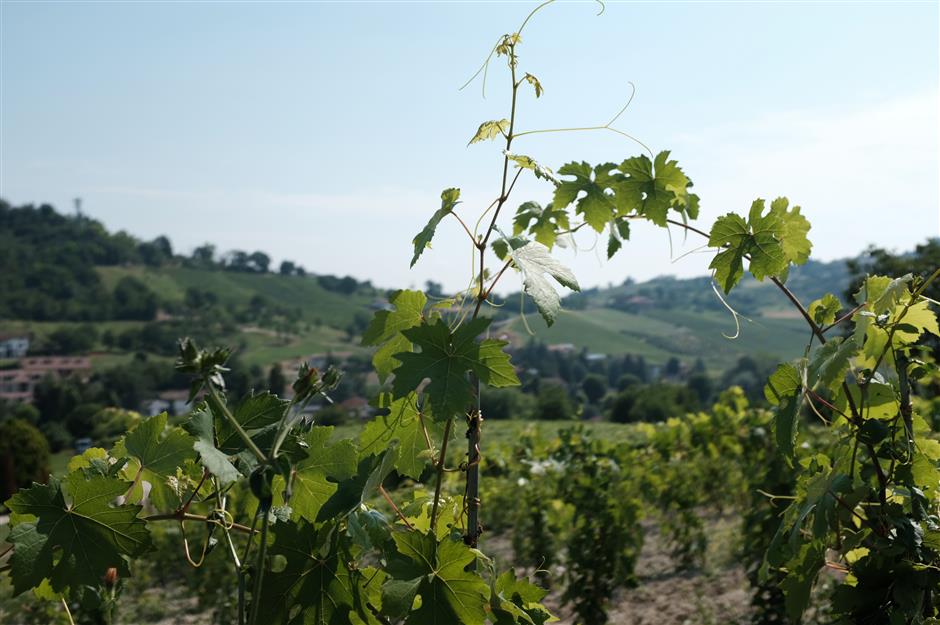
Alfiero Boffa ensures his Barbera grape is positioned to get the best out of the sun-exposed hills.
“People say Barolo is the king and Barbaresco is queen but I have a different opinion. Compared to the full-bodied Barbaresco, featuring massive tannins, I consider Barbera the queen — round and silky with well-balanced acidity, alcohol and fruitiness,” D’Agata said.
I agreed. Barbera d’Asti best speaks of the land and its people and it’s the most consumed red wine in Monferrato, generally pairing well with many local dishes. To better understand this local grape I visited the winery of Alfiero Boffa, a 10-minute drive from Castello di Costigliole d’Asti.
Alfiero Boffa specialized in the production of Barbera d’Asti Superiore when, in 1984, he set out to select all vineyards of his wine estate with separate vinifications.
“Before, Barbera was meant to be enjoyed young but I decided to change the way for aging in barriques for Barbera Superiore in the 1980s. We want not only the daily drinking Barbera in old times but to see its potential to wait for a better moment to be opened,” Boffa said.
Boffa ensures his grape is positioned to get the best out of the sun-exposed hills. While showing his beloved vineyards, overlooking the enchanting landscape, he took out a piece of paper and read a prosed poem he wrote called “Nostalgia.”
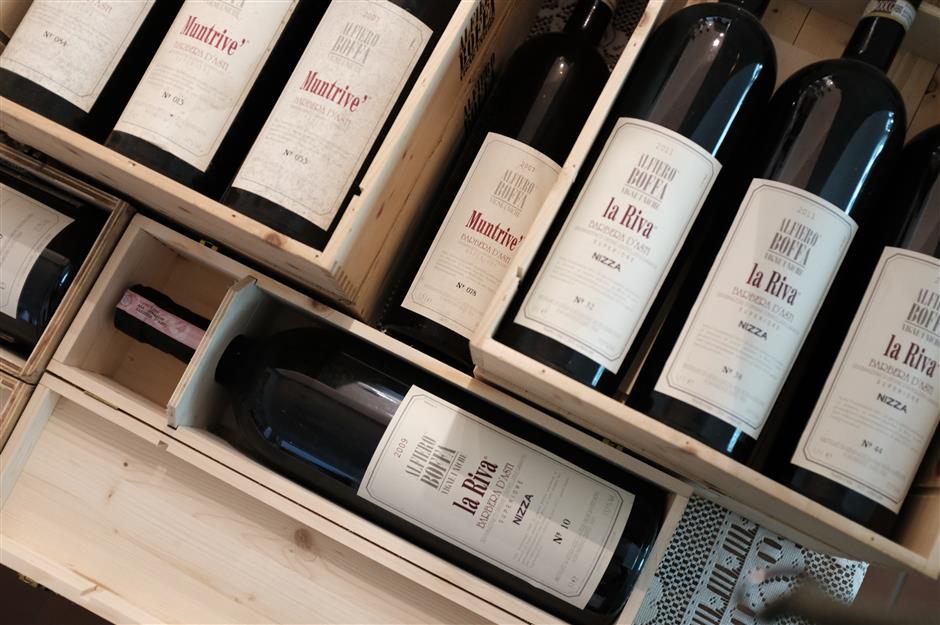
Alfiero Boffa specialized in the production of Barbera d’Asti Superiore when, in 1984, he set out to select all vineyards of his wine estate with separate vinifications.
“I remember my grandfather Giuseppe, who used to pull up the rope to take out a zinc bucket dropping cold water. I thought it was water to drink, but from the bucket he took a shiny pint of the wine he liked to sip in the burning heat of those afternoons to quench his thirst while having a short rest in the shadow of the cherry tree.
“Just a rest for a simple frugal nibble, picking four cherries, tasting the ripe pulp of a white fig, or crunching some walnuts.
“Not far from there, at the top of the steepest path separating one vineyard from another, a huge and opulent rosemary bush overlooked the vineyard that was pervaded by its invigorating scent. Smelling its essence was sufficient to feel sated even if the roast beef was only imaginary.
“Maybe that small oasis on the hill generated in me the curiosity for wine that then grew to become and remain the great passion of my life.”
Beautifully written, there is a profound truth in what he says and this childhood curiosity had led him to put his faith in new winemaking methods, guiding the winery along a path of constant improvement in quality.
I had a wonderful home meal matched with a vertical tasting of some of Boffa’s older vintages from the cellar and for anyone who would like to experience the degustation experience at Boffa, it can be arranged in advance. Boffa is merely one example of the region’s warm hospitality and winemaking spirit.
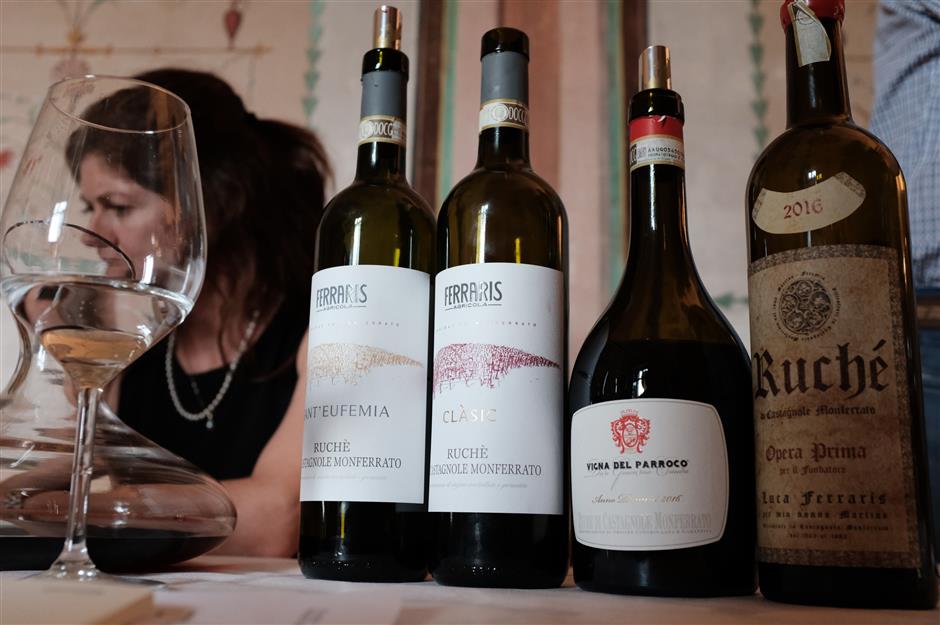
Ruche, one of the rarest autochthonous grape varieties, reached the DOCG in 2010 and is now the backbone of the Monferrato economy.
Another memorable stop was in the Monferrato Astigiano district where you can find one of the rarest autochthonous grape varieties — Ruche. The wine is a ruby red, slightly aromatic, with scents of dried rose, violet and spices. One taste and you will never forget it.
In 1960s, the parson of Castagnole Monferrato, Don Giacomo Cauda, recovered an old vineyard belonging to a church and cultivated it. Ruche reached the DOCG in 2010 and is now the backbone of the Monferrato economy.
“If someone in Castagnole Monferrato offers you Ruche, it’s because they like you,” is written at the entrance to the capital of Ruche. Besides tasting Ruche, a visit to the castle of Castagnole is recommended. Along the wine route, numerous stops were made to admire the vine-clad landscape and sample local wines rarely found in foreign markets.
It was an unforgettable experience.















